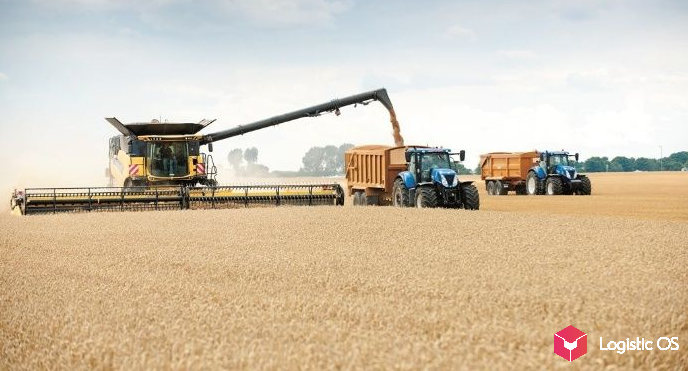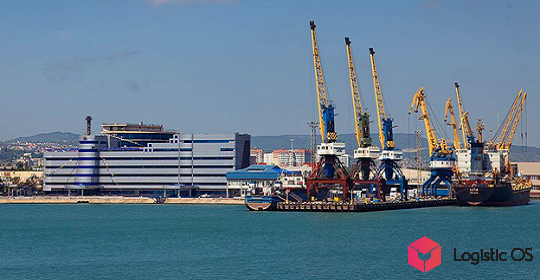The first unmanned harvesters began harvesting in the Rostov region.
All technologies in the world are developing at a very fast pace. Not so long ago, air conditioners installed in agricultural machinery were a novelty — and now a new round: unmanned harvesters entered the fields.
In the village of Bessergenovskaya, located fifty kilometers from Rostov-on-Don, the first official demonstration of wheat harvesting using unmanned harvesters was held.
The tests were attended by two Rostselmash «Torum — 750».
The governor of the Rostov region Vasily Golubev and the head of Sberbank German Gref came to see the achievements of the agrarians.
The appearance of the head of Sberbank at the show was not accidental: last year Sberbank assessed the prospects of the innovation program and bought 30% of the shares from the developer company.
The author of the concept was the Russian company Cognitive Pilot (LLC “Cognitive Robotics”) — it has developed a “smart” camera and a special tablet that can be installed on any combine.
The system fully controls the machine, distinguishes between harvested and unharvested parts of the field, maneuvers, turns around, enters new circles, reacts to obstacles.
According to experts, the system controls the combine better than the most experienced mechanic.
Unlike drones developed in the world, developers do not use satellite navigation: the camera takes a real image from the field, analyzes it and sends it to a common database, which significantly reduces the cost of the system.
Experts believe that computer vision technologies will be more efficient and allow collecting more accurate data than modern smart farming systems.
But the main «plus» of the novelty is that it can self-learn: it accumulates and analyzes its experience. And the more analytical data is accumulated, the more accurate the result will be.
Now the system is learning to accurately determine the yield and grade based on photographs of the grains that fly into the bunker.
The system can already distinguish 20 key crops grown in Russia. And the longer machines work in industry, the faster the «artificial intelligence» leap forward will be.
For example, corn in terms of the height of its sprouts differs in different regions — but learning how to make such adjustments in your analytics for the system is not a problem.
To date, the system has already been installed in test mode on several dozen cars around the country, 8 of them “settled” in the Rostov region, one went to the USA.
It is planned to sell 320 such systems by the end of the year.
The cost of this system is estimated at the first stage at 700,000 rubles, but manufacturers are working to reduce the market cost and bring it up to 200-250 thousand rubles, which will be quite an adequate price in the market and will pay off in one or two seasons.
The company plans to develop in the Russian market, as well as in the US and Brazilian markets.
While the system has a small drawback: the camera sees what it sees: if there is a large stone on the ground under the stems, the camera will not be able to identify it.
But in the near future, the developers plan to equip the harvesters with an additional radar that will monitor the environment with ultrasound.
Another «minus» that its opponents see in the development is that the systems of «smart machines» will take away jobs.

But, on the one hand, the introduction of new technologies can make it possible to switch people from monotonous physical labor to solving more complex and creative tasks that are impossible without manual labor and human intelligence.
On the other hand, those countries that will not keep up with the global technical revolution may forever «fall out» of the competition in the food market.
“In the era of global challenges, we are implementing a program aimed at overcoming them in the most important areas of the economy and public life — to solve food and social problems, primarily in regional centers and rural areas, largely through the creation of breakthrough technologies and artificial intelligence. Next year we want to achieve full automation of the process ”(German Gref)
In preparing this article, materials were used

